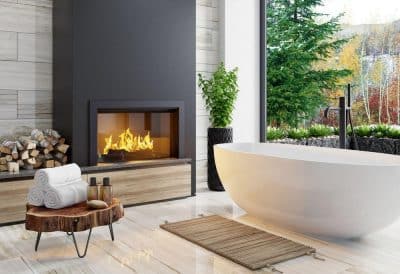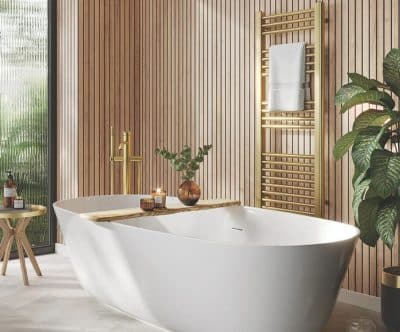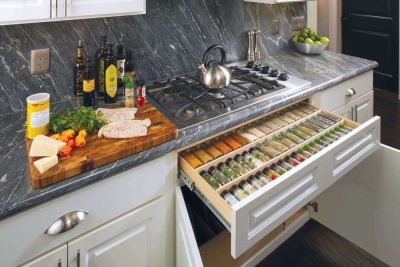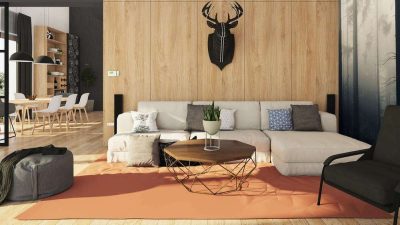In any home, furniture plays a crucial role in defining the space and creating an atmosphere that feels both inviting and functional. From cozy living rooms to practical home offices and restful bedrooms, furniture shapes how we live, interact, and unwind. It reflects personal taste, supports daily activities, and has the power to elevate the look and feel of any room. Whether you’re outfitting an entire house for the first time or thoughtfully adding a few new pieces to refresh a well-loved space, the furniture you choose can significantly influence your comfort, convenience, and enjoyment of your home. This makes it fundamental to understand what factors to consider so your selections look good and serve you well for years to come. Here are vital aspects to keep in mind when selecting furniture that aligns with your lifestyle, needs, and personal style.
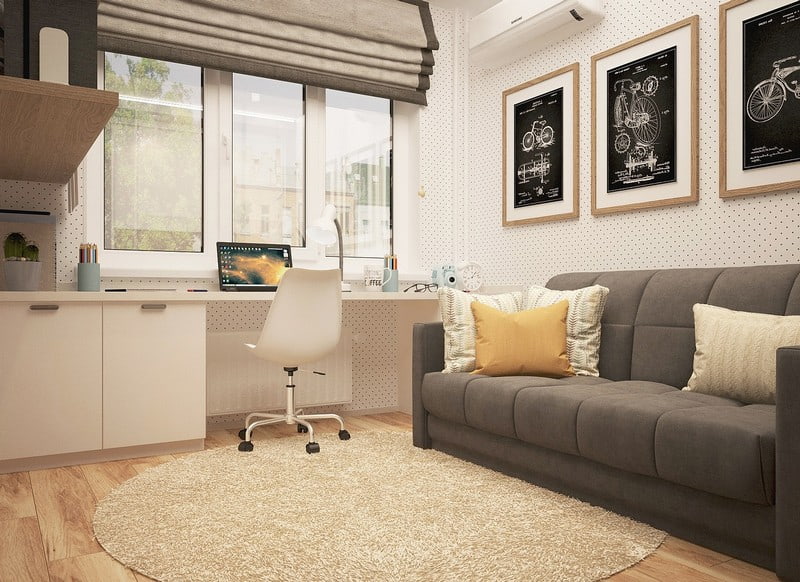
Functionality
Understanding the primary purpose of each piece of furniture is the first step in making thoughtful choices. Functionality directly influences design, size, and style. A sofa serves as the centerpiece for relaxation, while a dining table becomes a gathering spot for family meals. It’s important to consider how each item will be used.
Evaluating the flow and accessibility within a space ensures that furniture complements daily activities without hindering movement. Specific functionalities such as storage solutions or multi-purpose designs, can enhance usability. Ottomans that double as storage can provide additional space without overwhelming a small area.
Style and Aesthetics
Furniture should reflect your style and harmonize with your home’s decor. Consider the theme of your space, be it modern, rustic, traditional, or eclectic. Each style has its unique characteristics that can influence furniture choice. A minimalist aesthetic typically prioritizes sleek lines and neutral palettes, while a bohemian style embraces vibrant colors and mixed patterns. Choosing furniture that matches or complements the existing decor enhances the cohesiveness of the space. Contemporary pieces can pair beautifully with vintage finds to create a unique visual narrative. When embarking on this journey, it’s wise to think about how the colors, textures, and shapes of the furniture interact with one another to create an inviting environment.
Quality and Durability
Investing in quality furniture is paramount for long-term satisfaction. Consider the materials used in construction, solid wood, metal, or upholstered fabrics all possess different durability levels. Solid wood is known for its strength and resilience, making it a popular choice for high-quality pieces.
Understanding the construction methods can provide insights into longevity. Frameworks that are glued, dowelled, and reinforced ensure greater stability compared to those assembled with staples or brackets. When assessing upholstery, look for durable fabrics that can withstand wear and tear, especially if you have children or pets. Researching manufacturers can offer additional details about the materials and craftsmanship, helping you make a well-informed decision.
Size and Proportions
Another critical consideration is the size of furniture relative to the space it will occupy. Oversized furniture can quickly overwhelm a small room, making it feel cramped and less inviting. Conversely, under-scaled pieces in a large space can appear lost or insignificant. To avoid these pitfalls, measure the dimensions of the area where the furniture will reside. It’s beneficial to draw a layout or use an online room planner to visualize how different furniture pieces fit together. Consider the height of the furniture in relation to other elements in the room. A low sofa might work well in a cozy, casual setting, and could feel out of place in a more formal space.
Budget
Setting a realistic budget is vital when selecting furniture. Prices can vary wildly based on materials, brand reputation, and design elements. It’s vital to prioritize investments. Spending more on a quality sofa that will last versus cheaper accent tables that can be easily replaced as styles change.
Don’t forget to factor in costs like delivery and assembly, which can add to the expense. Research various retailers and online shops for sales, discounts, or even second-hand options that can provide quality furniture at a fraction of the price. This research can lead to significant savings, allowing you to maximize your budget.
Maintenance and Care
Different furniture materials require different levels of maintenance. Knowing how to care for and clean your furniture can prolong its life and preserve its appearance. Natural wood finishes may need periodic oiling, and certain fabrics might require special cleaning solutions to avoid damage. Before finalizing your choices, inquire about the care instructions from the retailer or manufacturer. Keeping your furniture in good condition maintains its aesthetic value and enhances comfort over the years. Understanding the types of woods used in furniture making is crucial, as each wood type has unique characteristics and maintenance requirements. This knowledge can help you select pieces that fit your lifestyle and desired level of upkeep.
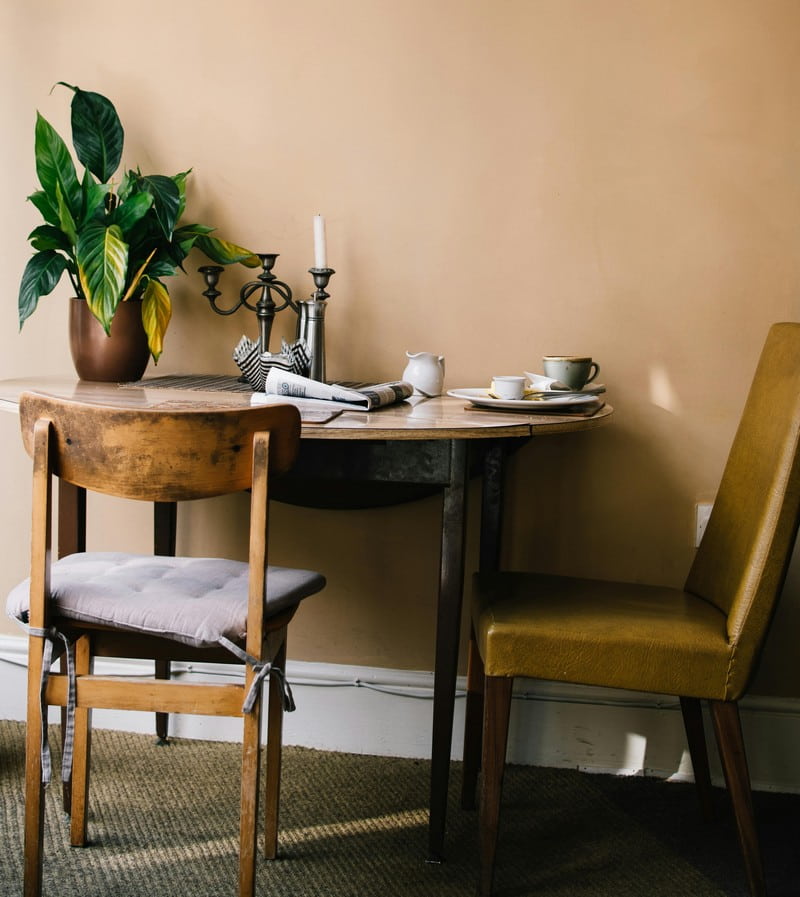
Environmental Considerations
Finally, consider the environmental impact of your furniture choices. Eco-friendly options are increasingly available, with many manufacturers using sustainable materials and production practices. Opting for responsibly sourced wood, recycled materials, and non-toxic finishes contributes to a healthier planet. Certifications like the Forest Stewardship Council (FSC) can guide you towards sustainable options.
Investing in quality furniture means less waste, as durable items last longer and reduce the frequency of replacements. By prioritizing sustainability in your furniture choices, you can furnish your home while supporting environmentally responsible practices.
Flexibility and Adaptability
Another important factor to keep in mind is how adaptable your furniture is to future changes. Versatile pieces that can easily transition between rooms or serve multiple functions add long-term value to your investment. Modular sofas or extendable dining tables can adjust to different living arrangements and lifestyle shifts, making them ideal for growing families or changing spaces. Choosing adaptable furniture helps you avoid frequent replacements and supports a more sustainable, budget-friendly approach to decorating your home.
Choosing furniture involves a blend of personal taste, practicality, and mindful consideration of quality, size, sustainability, and adaptability. Each piece you bring into your home offers an opportunity to create a warm, functional, and stylish space that truly reflects who you are and how you live. By taking the time to understand your needs, whether it’s functionality, aesthetics, durability, or easy maintenance, you can make thoughtful decisions that stand the test of time. In the end, investing in the right furniture brings comfort, beauty, and value to your living environment, ensuring your home remains a welcoming sanctuary for years to come.


